Parasailing off the top of the hill is also quite popular. There is a tandem option, as I was able to film one morning as a couple drifted down into town.
The Remarkables across Lake Wakatipi, on which Queenstown is situated. The lake, not the mountains.
Now, Dunedin (dun-EEE-din). The name is Gaelic for Edinburg (http://en.wikipedia.org/wiki/Dunedin). Here's a webcam site! (http://www.cityofdunedin.com/city/?page=webcams_list)
Settled by Scottish immigrants in 1848, the Otago peninsula and Dunedin were once the economic capital of New Zealand due to the immense gold strikes. The city currently incorporates over 3500 square kilometers, making it the largest city in terms of area within New Zealand. They city founders did this to be able to regulate and protect the watershed and to benefit from timber harvesting and mineral extraction on city land. New Zealand's first University was founded here, the University of Otago. It hosts about 25,000 students, constituting about one fifth of the city's population of 125,000.
Due to the popularity of The Lord of the Rings series, there are currently almost 1,000 American students attending this University.
From The Octagon, the center of the central business district. These are a church and the city hall, distorted by the camera lens.
This statue of Robert Burns is here because his cousin was one of the first settlers of the region.
Modaks was recommended by the Magic Bus driver (Scotty, again!) as having the best coffee in Dunedin. He wasn't kidding. It hits you like an electric shock but is very smooth.

The Speights Brewery is, as you might expect, extremely popular with the students. At the start of every school year, the upperclassmen march the frosh to the brewery, where they encircle the building as best they can, kneel before the structure, and without using their hands lean forward to kiss the bricks. Ah, reminds me of my introduction to the University of New Hampshire, and "Frosh Beanies." Gives me a shudder to think about it, however.
The brewery is situated on, or rather, in a hill, and is one of only two working gravity-fed breweries in the world (the other being the Anglo-Dutch Brewery in Dewsbury, England http://www.huddscamra.org.uk/anglodutch.htm).
The water used in the brewing process is critical to the taste of the final product. The Speights brewery became so well-known locally for the quality of their water that the townspeople virtually demanded access to it. So the brewery owners installed a special spigot on the outside of the building, and anyone can take as much water as they wish. One April Fools' Day, the local newspaper published a front-page story as to how the Speights engineers had mistakenly crossed some piping lines, and that now the spigot was dispensing free beer. The town council made it clear to the newspaper that they were never to do something like that again, because the queue extended for many, many blocks. Additionally, so the story goes, farmers emptied the truck-mounted water tanks that they used to supply water to cattle troughs, and waited in line to fill the tank with beer. There was a near-riot when those in line discovered the joke, because some had skipped work in order to stand in line!
Incidentally, Speights uses hops grown in the northern part of the South Island. These hops are considered the best in the world, and breweries compete for the yearly crop. Even Coors buys them when they can, as well as Guinness and other famous companies.
Here I am with the kiwis being grateful that this is the last brewery tour we will take.
Of course, I'm going back to Australia for 11 days, and there may be a brewery or two in Tasmania.
Another popular attraction is the Cadbury Chocolate Factory. Cadbury Schweppes is the largest candy manufacturer in the world (because they bought up lots of competitors!). http://www.bloomberg.com/apps/news?pid=20601102&refer=uk&sid=aHz366QocpzE
We couldn't take cameras on the tour, supposedly because we might drop one onto some equipment. I think it was because of sensitive corporate secrets.
We got to climb up the purple silo - from the inside - to about 4 stories high. These silos are used to store "crumb," which is cocoa bits and cocoa butter compressed and dried. Hard as a rock but very, very delicious.

When one visits this area, one tours the Royal Albatross Center, which is dedicated to preserving the Royal Albatross. This bird has the largest wingspan of any in the world. I have video clips of one soaring, and it was fun to watch.
After the Center, we were driven further down the peninsula to a private beach. Along the way we saw spoonbills...
... and eventually arrived at our viewing site to climb down to the beach ...

... to see sea lions. We got to within 12 - 15 feet of this big guy, as they are absolutely not afraid of humans. The younger males love to chase people off this beach! That's a fur seal in the background - note the pointed nose.
These guys are actually forest penguins. However, there is little native forest left since the timber industry was proven so profitable. Remember, once the native treest were removed, pinus radiatus were planted. These non-native trees mature rapidly in New Zealand, and are harvestable in 25 - 30 years.
Here are a mating pair in their nest behind a screen
This nesting site was created last year, and luckily is being used at present. The penguin population here is climbing to over 200 due to the conservation efforts of the company that conducts the tours. These penguin share the beach with the sea lions, however, which hunt them!

Now, this next picture comes with a quiz. I took the shot facing south. How about an easy one, to get you started? What is the first landmass you would hit if you went south from the Otago Peninsula?

Right - Antarctica.
If you went to the left, which is east, what is the first landmass you would hit?
Chile.
If you traveled right (west), what is the first landmass you would hit? This is the trick question.
Argentina!
South America is the only landmass more southern to Antarctica than New Zealand.
Now, suppose you went straight through the earth, perpendicular to this point of land. Where would you emerge?
The Taieri Gorge Railway train. It was a nice trip into the gorge to Pukerangi - all the further it went on this Saturday (http://www.taieri.co.nz/).

I only have a few still shots of the trip, as I concentrated on taking video clips. It's hard to get both stills and video of the same shot from a moving train, but here are two that give you some idea.

Moving water is one of the most powerful forces in nature. And, in this next picture, you can see the fault line dropping just below the lone tree on top of this hill. The gorge sort of follows the fault line, and one does not want to contemplate what would happen to the railway bridges if a major earthquake struck this region. (You may have heard about the 6.8 earthquake that struck just off the east coast of the North Island, near Gisborne and north of Napier, on 20 December of '07.)

And we even got to walk across a trestle! No, not because there was too much weight on the train - it's part of the adventure of the tour!


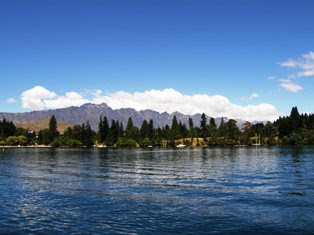















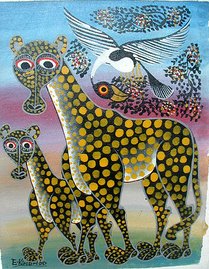
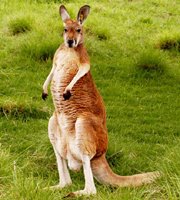
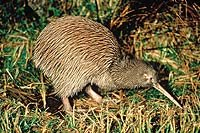















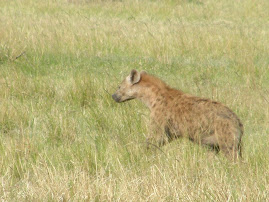
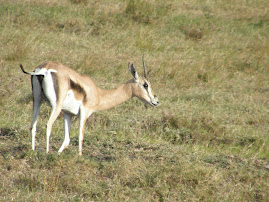
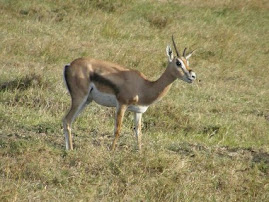





No comments:
Post a Comment